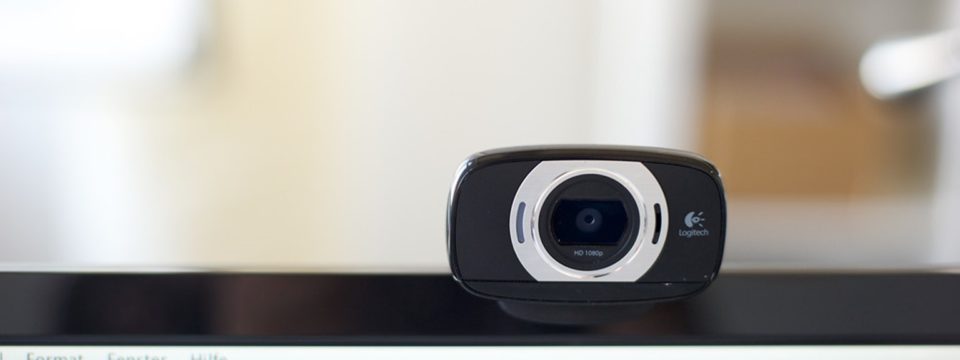
Video interviews are now the norm for candidates at all career stages, from entry-level through the C-suite. While in-person interviews may still be an option and may be required in a later round, a video interview expedites scheduling, eliminates travel costs and helps hiring managers and recruiters fill positions more quickly.
Prepare, dress and groom yourself for a video interview just as sharply as if it were in person; if not, you may negatively impact your progression in the hiring process.
Here are six key tips on how to ace a video interview and make a strong, positive first impression.
A video interview relies on technology so test your equipment beforehand. If you encounter technical issues during the interview (which were avoidable easily with advanced preparation), you may impress upon the potential employer that you're unprepared. This can raise questions about your ability to plan and execute your work -- and derail your candidacy. Instead, make sure you:
The background area that frames you can influence interviewer’s impression of you, so preview what the background looks like on camera beforehand. No one wants to see messy piles of paper, an unmade bed or family members or roommates constantly walking back and forth behind you. The best background is a solid, light-colored wall with minimal decor or nature but ensuring that there is no sun glare from the window.
To ensure the camera captures you optimally, adjust it so you are in view from mid-torso to just above your head. Be sure to check this beforehand, not once the interview has started.
Lighting is critical to your video appearance. Too much light behind you will hide your face in shadow and make you appear silhouetted on screen. Position the light in front of you, but not directly in your eyes, to ensure that your face is well lit and you can be seen clearly.
Showing that you've taken care in presenting yourself well tells a hiring manager that you care about the interview and, in turn, that you’ll care about the job and the company. Dress for a video interview as if you were meeting the potential employer in person. Even though you’ll be seated, wear a complete outfit from head to toe -- you never know if you’ll need to stand up!
When choosing an outfit, select the color and pattern of your clothing carefully to avoid blending in or clashing with what's behind you. Skip plaid, bold stripes and warm colors, like red and orange, which don’t translate well on the other side of the screen.
Eye contact shows interest, engagement, honesty and confidence – all of which are vital during any interview. Maintaining eye contact is one of the most challenging aspects of a video interview, since you’re not sitting across a desk or table from the interviewer.
When adjusting your webcam, place the camera lens as close to eye level as possible. A laptop on a table or desk typically sits too low for a flattering image and angling the screen won’t help. Prop up the computer, so the camera is as close to eye level as possible and you don’t have to look down at it.
Although it’s not easy, look directly at the camera, not at the screen or the interviewer’s eyes on your screen. If your eyes are focused on your screen (i.e., below the camera) you'll look like you're looking down. Also, while tempting to look constantly at yourself in the picture-in-picture screen, doing so will make you look like you’re not focusing on the interviewer.
As with an in-person interview, body language can make or break an opportunity. When interviewing remotely, technology is an intermediary. It takes a little extra effort to convey the same enthusiasm you would in person to achieve the desired effect.
Show your energy and passion for the role by smiling (to demonstrate positive demeanor, friendliness and warmth), nodding (to communicate understanding) and using animated facial expressions and hand gestures (to show you are expressive, open and genuine). Show that you're attentive and engaged by sitting straight and slightly forward.
Be aware of any nervous habits, like running your hands through your hair, twirling your pen or fidgeting, all of which are distracting on screen and communicate anxiety. Remember that small noises, especially those close to the computer’s microphone, are easily picked up and magnified (so don’t tap your pen!).
Technology can impact how your answers are communicated during a video interview. Take your time composing responses. Pace yourself based on connection speed. When there’s a delay, don’t use your regular rhythm -- especially if you speak quickly. Nod to confirm you’ve heard the question, then wait a few seconds before you respond. If you answer questions before they are delivered completely, you may frustrate your interviewer and create a negative impression.
You control many variables of a video interview to ensure that you present yourself at your best and advance your candidacy for the job. Being aware of and addressing issues related to technology, background and body language will eliminate distractions and help potential employers focus on the substance of your interview and how you can help their organization.